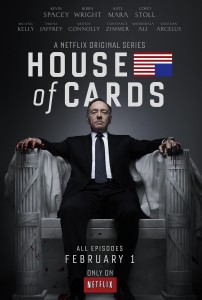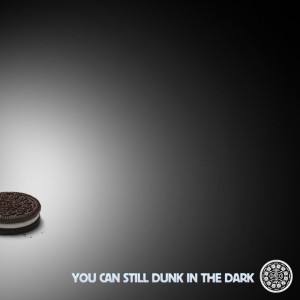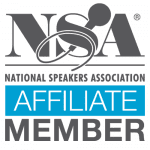St. Patrick’s Day, along with being a celebration of all things Irish, is also a booze-filled ode to quantity over quality; where bar patrons adorn stools to participate in a green beer gauntlet from sunup to sundown (and sometimes sunup again). Recently, however, the beverage marketplace has shifted from a focus on big-brand conglomerates to mom-and-pop microbreweries. With an emphasis on unique tastes and style over traditional American interpretations of what constitutes ‘good beer,’ they are reshaping the playing field and forcing executives to reevaluate their business plans.
An article by NPR just outlined how craft breweries are carving a solid niche in the alcoholic beverage market that has customarily been dominated by companies like Anheuser-Busch InBev and MillerCoors. Americans, who for decades have been inundated with advertising directed at establishing the aforementioned companies’ products as the ‘standard’ for beer aficionados, are now opting for the experimental: sampling and purchasing little-known ales, and abandoning their previous beverage-allegiances.
Craft beer sampling has become an activity of sorts, while previously held ideas denoted that ‘beer was beer and it tastes great with pizza.’ Many watering holes have begun specializing in micro brews, promoting their beer menus and even recommending beer and food pairings. The cultural change in attitudes surrounding beer consumption has only increased in the last decade, and it has definitely caught the attention of big brewery boardrooms.
This trend in libation preferences illustrates a strong point: adapt or die, because even the most firmly entrenched traditions will be challenged from time to time. Larger alcoholic beverage companies have been releasing ‘crafty’ beers to compete with the micro brewing movement. Beers like Blue Moon and Shock Top stray from the typical ‘American style’ formula and don’t share the same marketing as a Budweiser or Coors Lite, but alas – they are produced by the same corporations. Not flaunting their ownership of these brands causes many of the misinformed to drink ‘crafty’ ales, but the profits to continue flowing into the beer conglomerates’ coffers.
As St. Patrick’s Day came to a close and bar owners returned to their normally-held hours, in the end, quality over quantity still ruled the 17th. But – there is no denying the impact that micro brews and craft beers have had on the beverage environment, and it will continue to be interesting to observe how the big corporations adapt.
-Carter Breazeale








